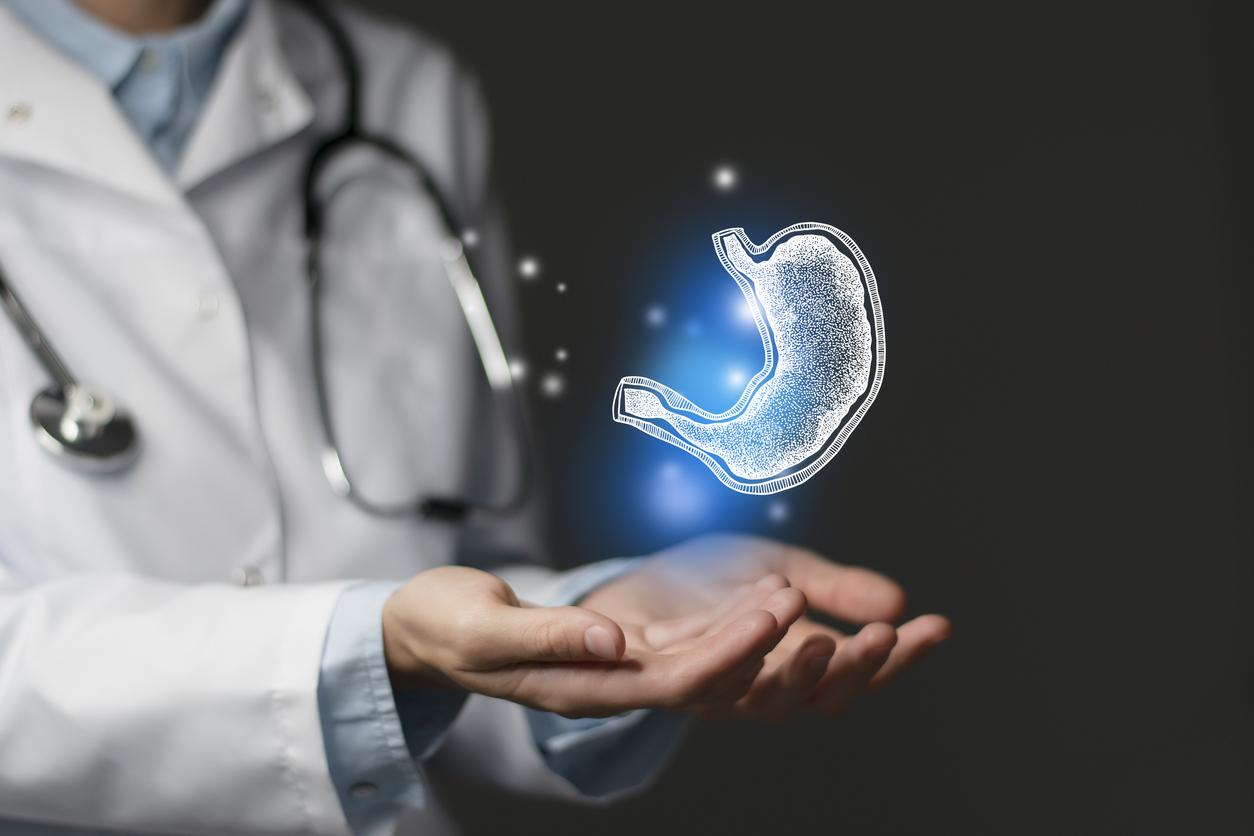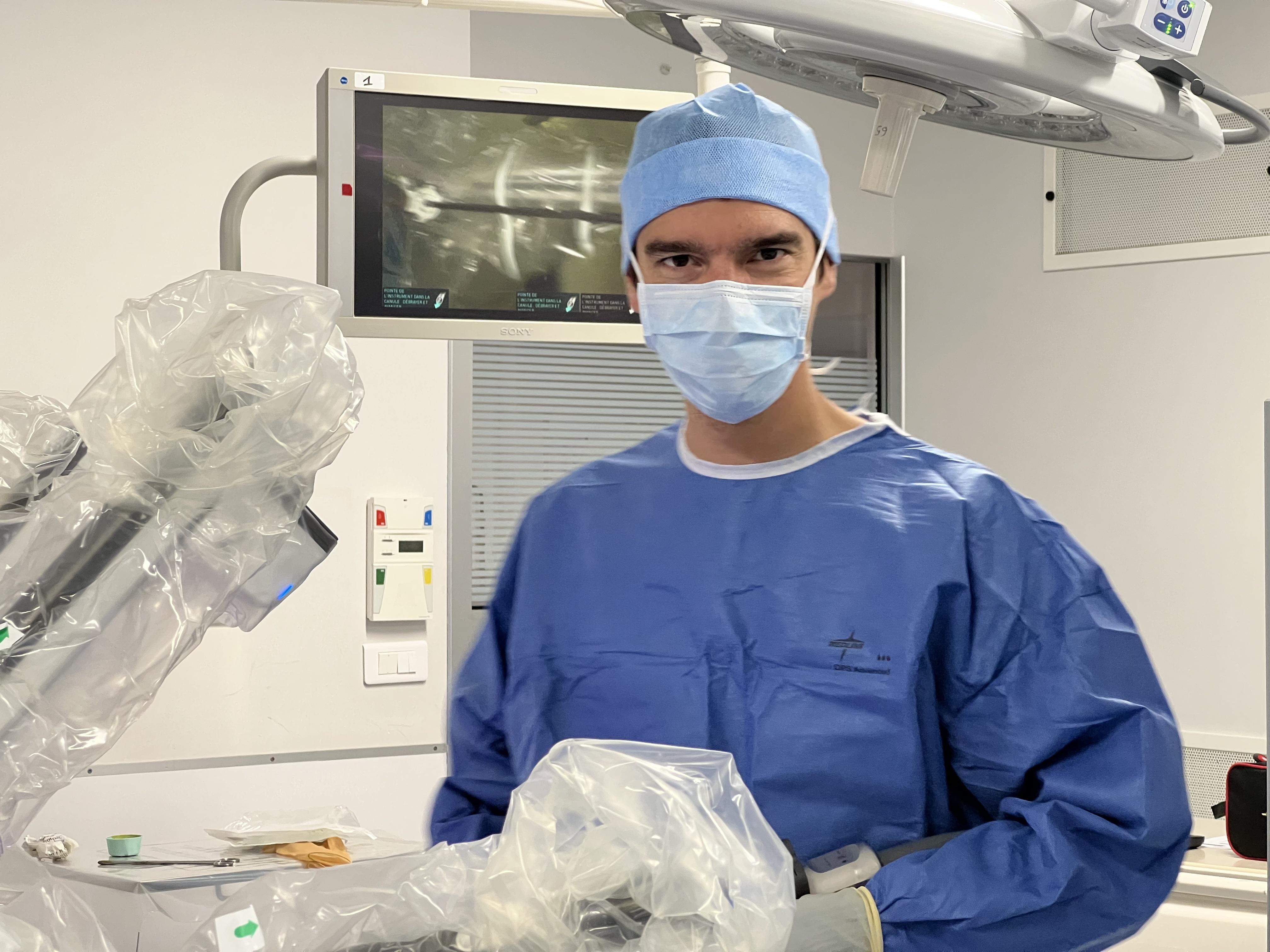This discovery could lead to new approaches to fight obesity and potentially many other diseases.
-1576686886.jpg)
We still have a lot to understand about how obesity and fat accumulation work in our bodies. Scientists from the Scripps Research Institute (USA) have unexpectedly discovered a protein that is highly expressed in adipose tissue. This protein, known as PGRMC2, has not been extensively studied in the past. It is mainly present in the uterus, the liver and several other parts of the body, and could lead to new approaches to treat obesity. The results of the study have been published in the journal Nature.
Enrique Saez, an associate professor in the Department of Molecular Medicine at Scripps Research, found it was most abundant in fatty tissue — particularly in brown fat, which turns food into heat that can maintain body temperature. The research team built on their recent discovery around PGRMC2, which binds to an essential molecule called heme, one of the main components of blood. This molecule, containing iron, moves inside cells to enable crucial vital processes, such as cell respiration, cell proliferation, cell death and circadian rhythms. Enrique Saez and his team discovered that PGRMC2 served as a “chaperone” for heme and that without a protective chaperone, heme would react with it and destroy everything in its path.
“The importance of heme for many cellular processes has been known for a long time”, explains Enrique Saez. “However, we also knew that heme is toxic to the cellular materials around it and would need some sort of shuttle pathway. Until now, there were many hypotheses, but heme trafficking proteins had not been identified.”
A protein to unload fat
The question researchers are trying to answer here is whether this is a novel approach to tackling obesity or not.
So, in an effort to explore further, the scientists established PGRMC2 as the first heme intracellular chaperone to be described in mammals by studies involving mice. However, they didn’t stop there; they investigated what happens in the body if this protein does not exist to transport heme.
They found that without PGRMC2 present in their fatty tissue, mice fed a high-fat diet became glucose intolerant and insulin insensitive, which is a hallmark symptom of diabetes and other metabolic diseases. Similarly, obese-diabetic mice that were treated with a drug to activate PGRMC2 function showed dramatic improvement in symptoms associated with diabetes.
“We saw the mice improve, becoming more tolerant to glucose and less resistant to insulin, says Enrique Saez. Our results suggest that modulating PGRMC2 activity in adipose tissue may be a useful pharmacological approach to reversing some of the severe health effects of obesity.”
Temperature change
The team also investigated whether or not the protein alters other functions of brown and white fats. Brown fat, which is normally the richest in heme, is often referred to as the “good fat”. The primary role of brown fat is to generate heat to maintain body temperature. In mice that were unable to produce PGRMC2 in their fat tissue, temperatures dropped rapidly when placed in a cold environment.
“Even though their brains were sending the right signals to increase heat, the mice were unable to defend their body temperature,” explains Andrea Galmozzi, the study’s lead author. Without heme, we have mitochondrial dysfunction, and the cell has no way to burn energy to generate heat.”
Enrique Saez believes that the activation of the heme chaperone in organs, including the liver, may be a possible response to many metabolic disorders that people suffer from. “We are curious to know if this protein plays the same role in other tissues where we see defects in the heme that lead to diseases”, concludes Enrique Saez.
.

















